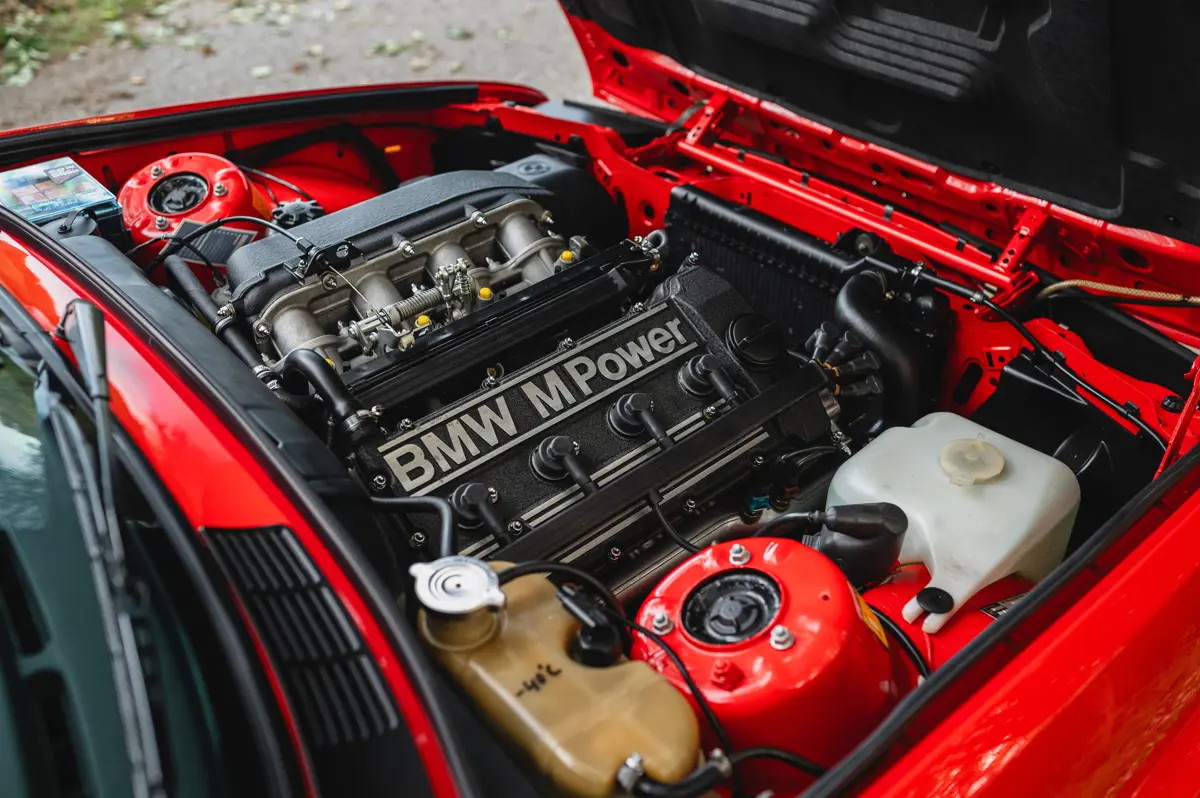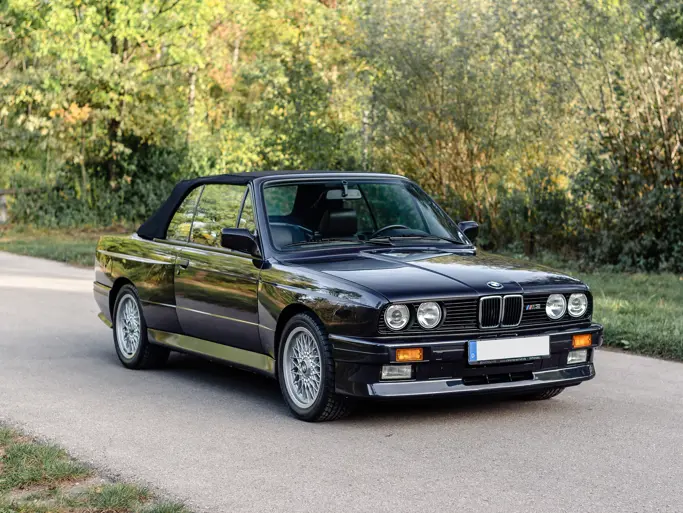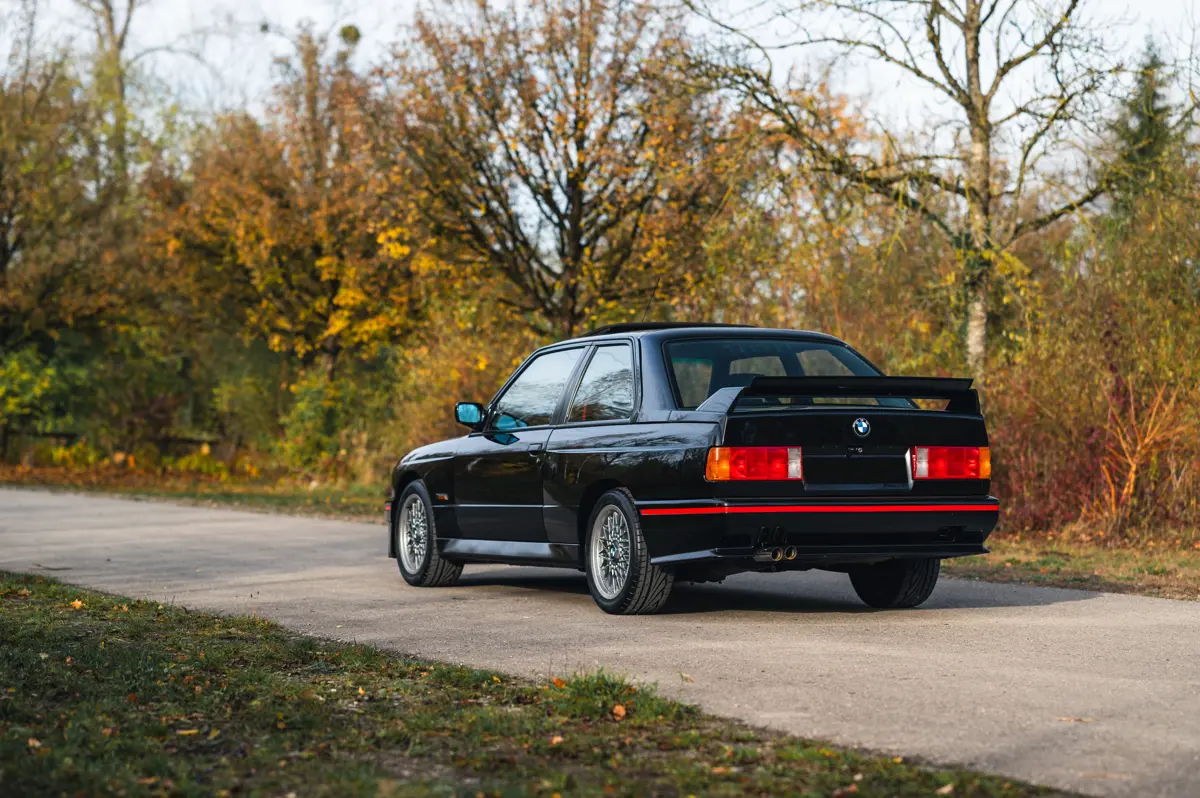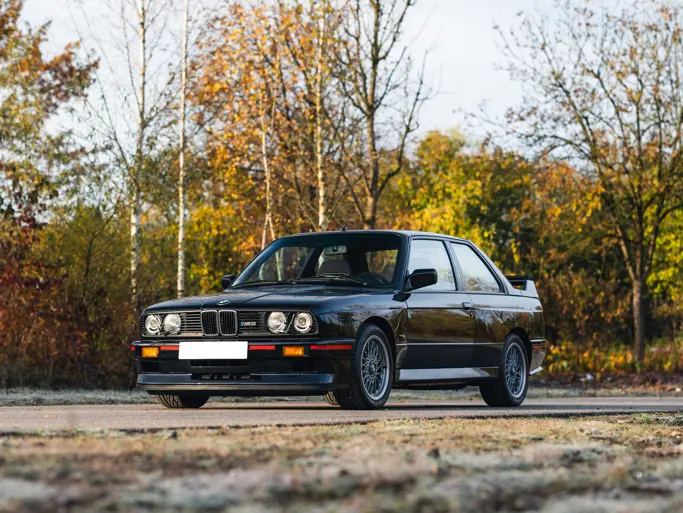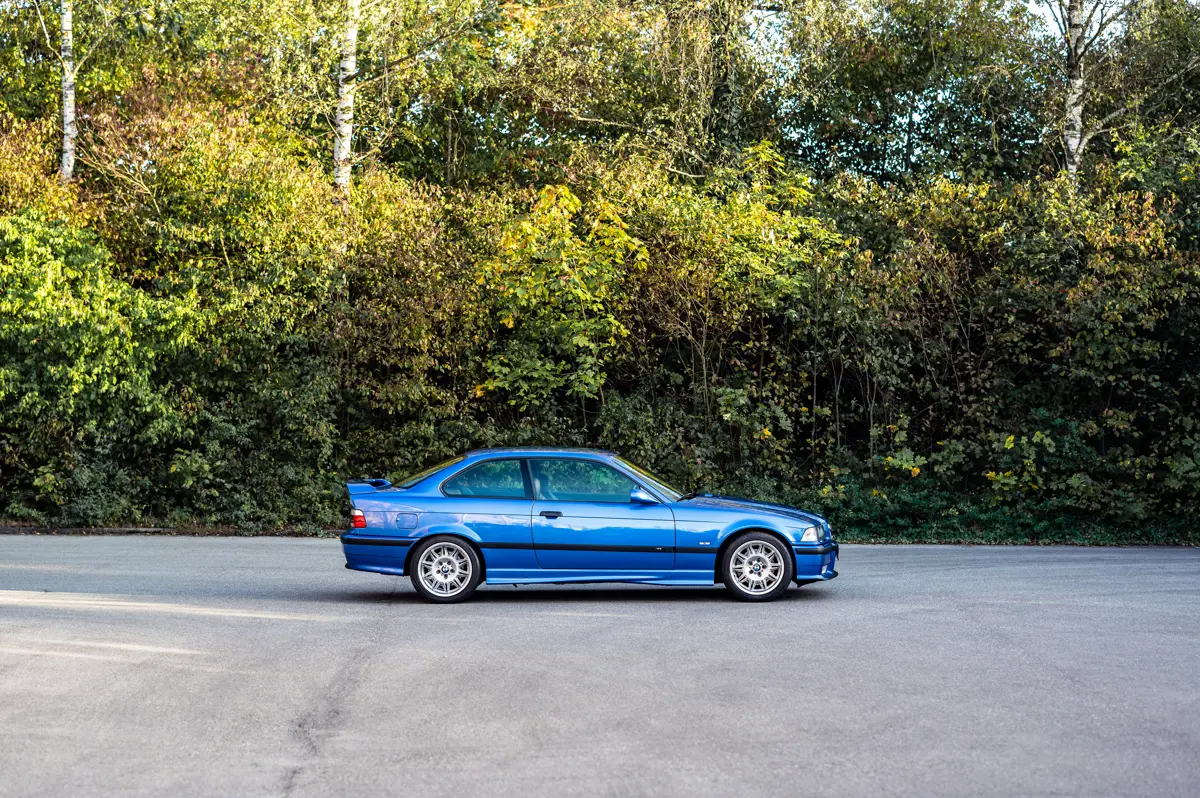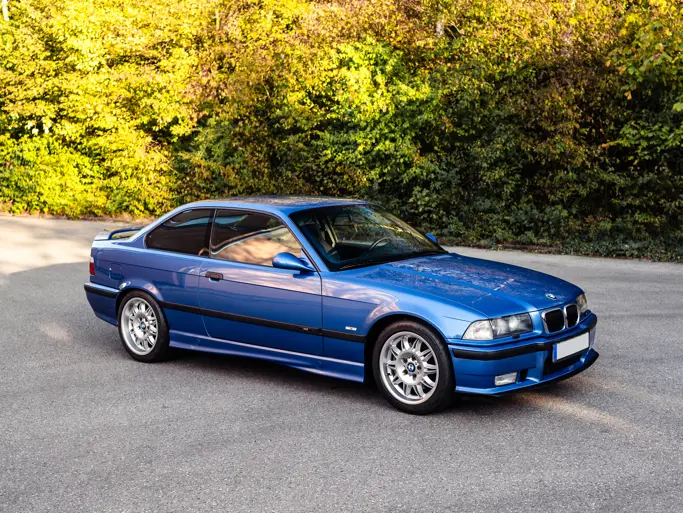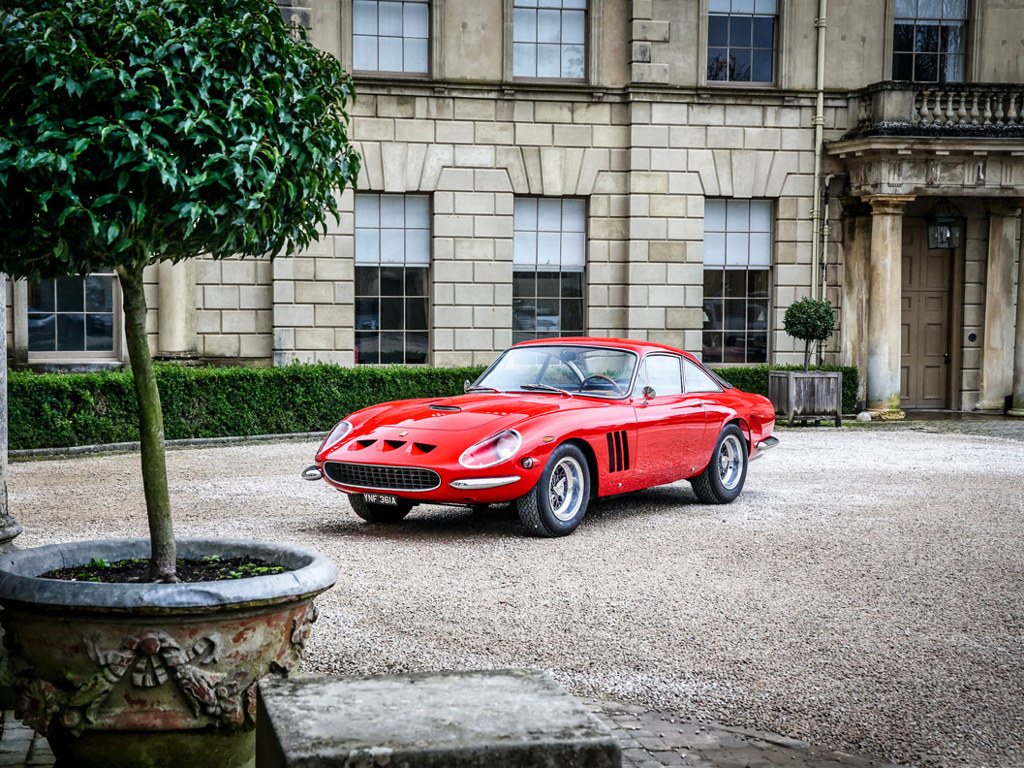Ask most any car and driving enthusiast for a few cars they’d love to own, and one likely to pop up on that list would be a BMW E30 or its next-gen iteration, the E36. Between the E30 and E36’s pristine racing pedigree with its M3 examples, and simply because these cars best embody BMW’s slogan of “Sheer driving pleasure” or, as it was known in the US and UK, “The ultimate driving machine,” it’s difficult not to want one—or several in your lifetime. Jean Alesi, the French former Formula 1 driver, who had driven a 1986 model, said it was one of the most enjoyable and best handling road cars he had ever driven.
These mid-sized motorsport machines packed a punch for their smaller size, especially with the introduction of the even sportier M3 in 1986. Straight out of the gate, these competition-hungry customer “daily drivers,” designed as a Group A homologation special for FIA competition, could put out a roaring 195 horsepower, thanks to its powerhouse: BMW’s 2.3-liter DOHC four-cylinder engine. The combo was enough to tempt customers to buy up all 5,000 units BMW was required to sell to compete in 1987. The deal was made even sweeter when it came to the competition side of things, as BMW swept almost every title in every touring series it touched, including the European Touring Car in 1988, Deutsche Tourenwagen Meisterschaft (DTM) from 1989-1991, and the All Japan Touring Car Championship, where the M3 collected six consecutive titles from 1988-1993.
The BMW M3 came in a variety of offerings, while still tuned to near competition-ready perfection, from the M3 Coupe, to the even more impressively competitive M3 Sport Evolution. Here’s a short guide to some of those models, examples of which are all low mileage and offered without reserve as part of A Private Collection in our upcoming Miami auction.
Maybe you’ll find the one to take home so you, too, can experience the ultimate driving machine for yourself.
1987 BMW M3 Coupe
The original BMW M3 was a Group A homologation build from its E30 model, produced from 1986-1991. Under the hood, as mentioned earlier, is BMW’s 2.3-liter screaming little engine, now capable of 200 horsepower. That, combined with independent rear-suspension, an anti-roll bar, and servo-assisted ventilated disc-brakes that were paired with wider track wheels and tires, made for the ultimate sporty boxing machine. Attractive enough that today, it remains one of the most collectible generations made.
1988 BMW M3 Evolution
When it came time to update technologies on the M3, BMW would further distill what was already a remarkable car into “Evolutions.” 1988 brought about the M3 Evolution II—a lighter car with more improved aerodynamics, and the S14 dual-overhead-camshaft inline-four-cylinder engine that, with Bosch fuel injection, newly revised engine management software, a lighter flywheel, and a higher compression ratio, brought performance output to a hefty 220 horsepower. Outwards, the Evolution II received a lighter, newly styled front bumper and added aileron rear spoiler for better control of the car’s downforce.
1989 BMW M3 Convertible
BMW could barely keep up with the public’s demand of M3s.In fact, in order to produce more of the sporty sedans, the German marque optioned to produce several special-edition subvariants. These special-edition models included the M3 Evolution, the M3 Cecotto and M3 Roberto Ravaglia (named for two of BMW’s M3 prized DTM drivers), the M3 Sport Evolution, and the M3 Convertible. The Convertible wasn’t the rarest of the special editions, but it was rare among the touring car world as it was, at the time, the only homologation touring car to have a topless variant. Only 786 were ever made.
1990 BMW M3 Sport Evolution
BMW rightly outdid itself within the final years of the first generation M3, and the Sport Evolution variant was the result. The M3 Sport Evolution now harnessed a 2.5-liter inline-four-cylinder S14B25 EVO 3 engine, good for 238 horsepower—at least 40 horsepower more than its very first iteration in 1986. Improvements didn’t stop there. For even more control of the car’s setup and downforce, the front splitter and rear wing now also had three modes of adjustability: “Normal,” “Monza,” and “Nürburgring.” Perhaps the meanest of the M3 variants, only 500 of these were made for production, making it one of the “Holy Grails” of M3 collectibles.
1997 BMW M3 Evolution Coupe
In 1992, BMW started its second generation of M3 production, but changed things up by building up the E36 (the E30’s successor) instead. Although this generation was starting with a newer underpinning, the M3 still managed to keep things interesting. The Evolution version of the second-gen M3 would come in 1996, equipped with a larger-displacement 3.2-liter straight-six engine and with a multitude of changes to the engine, this monster would be good for 317 horsepower.


